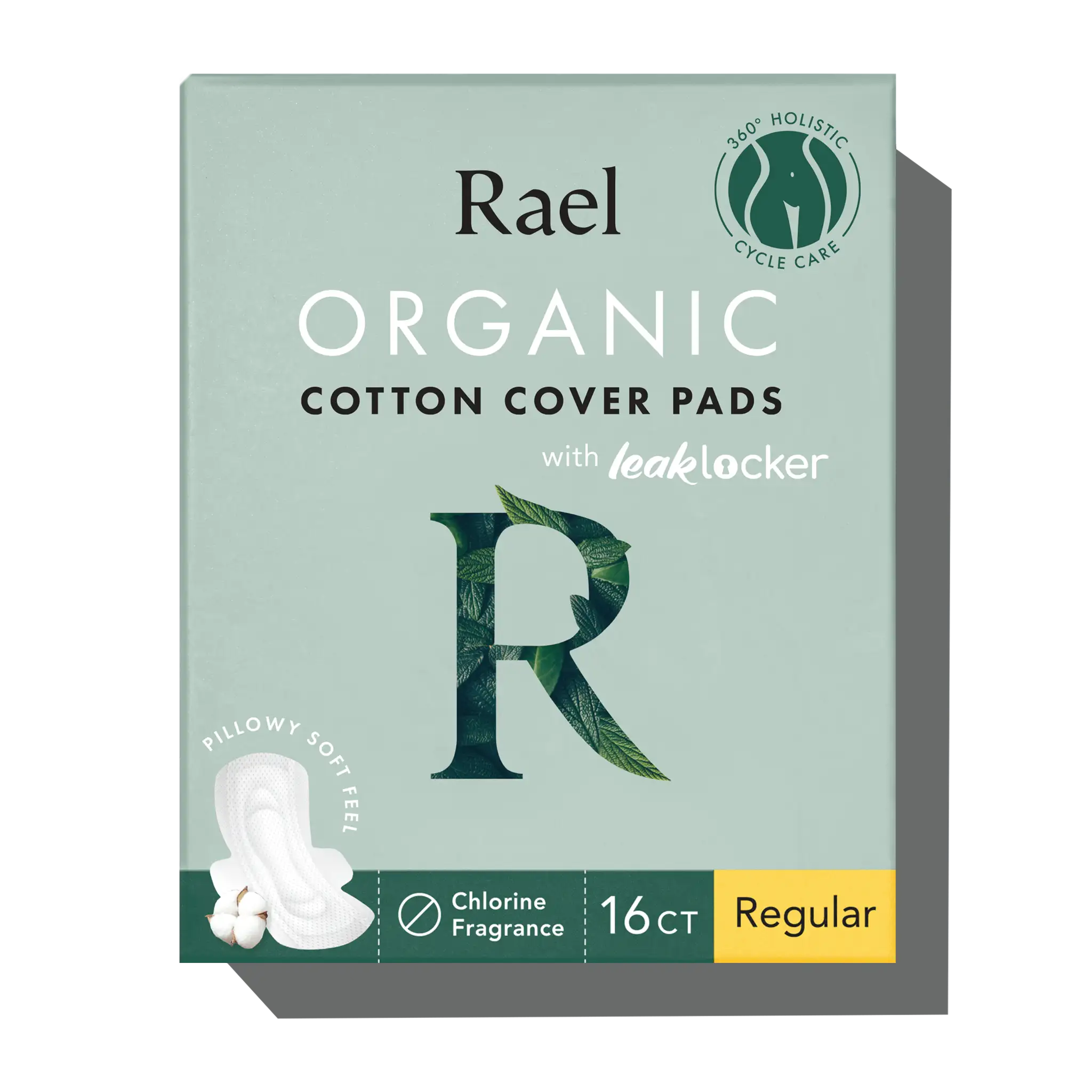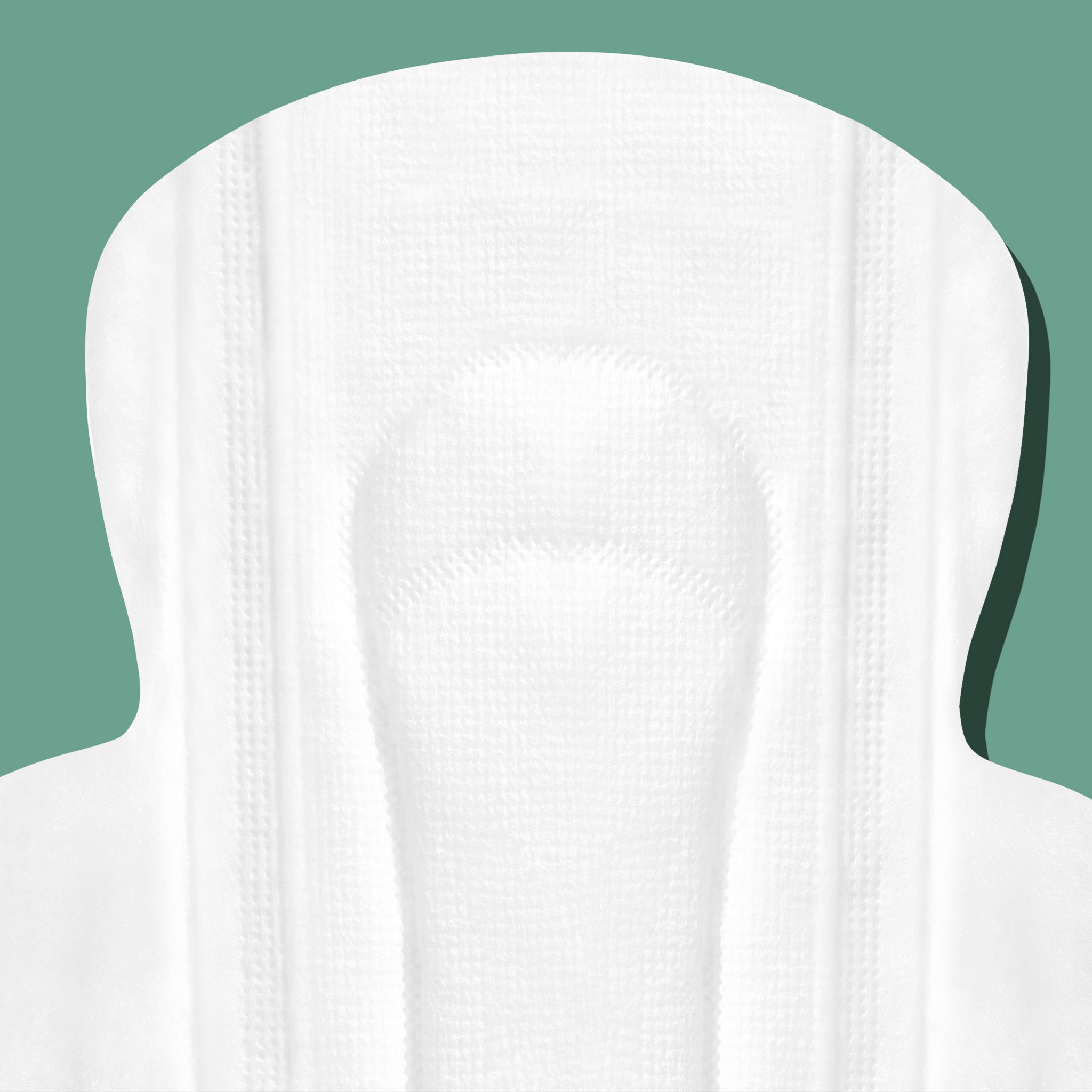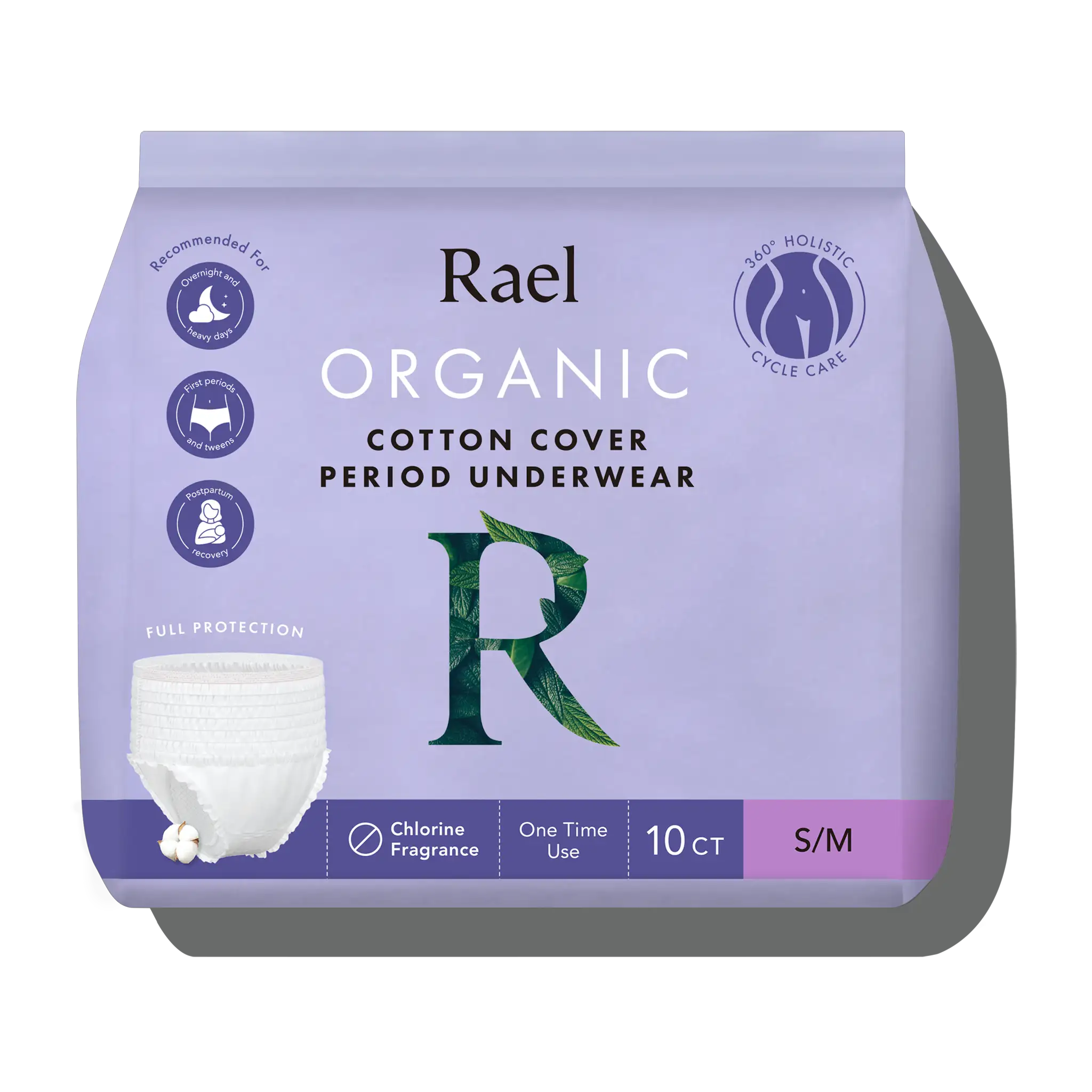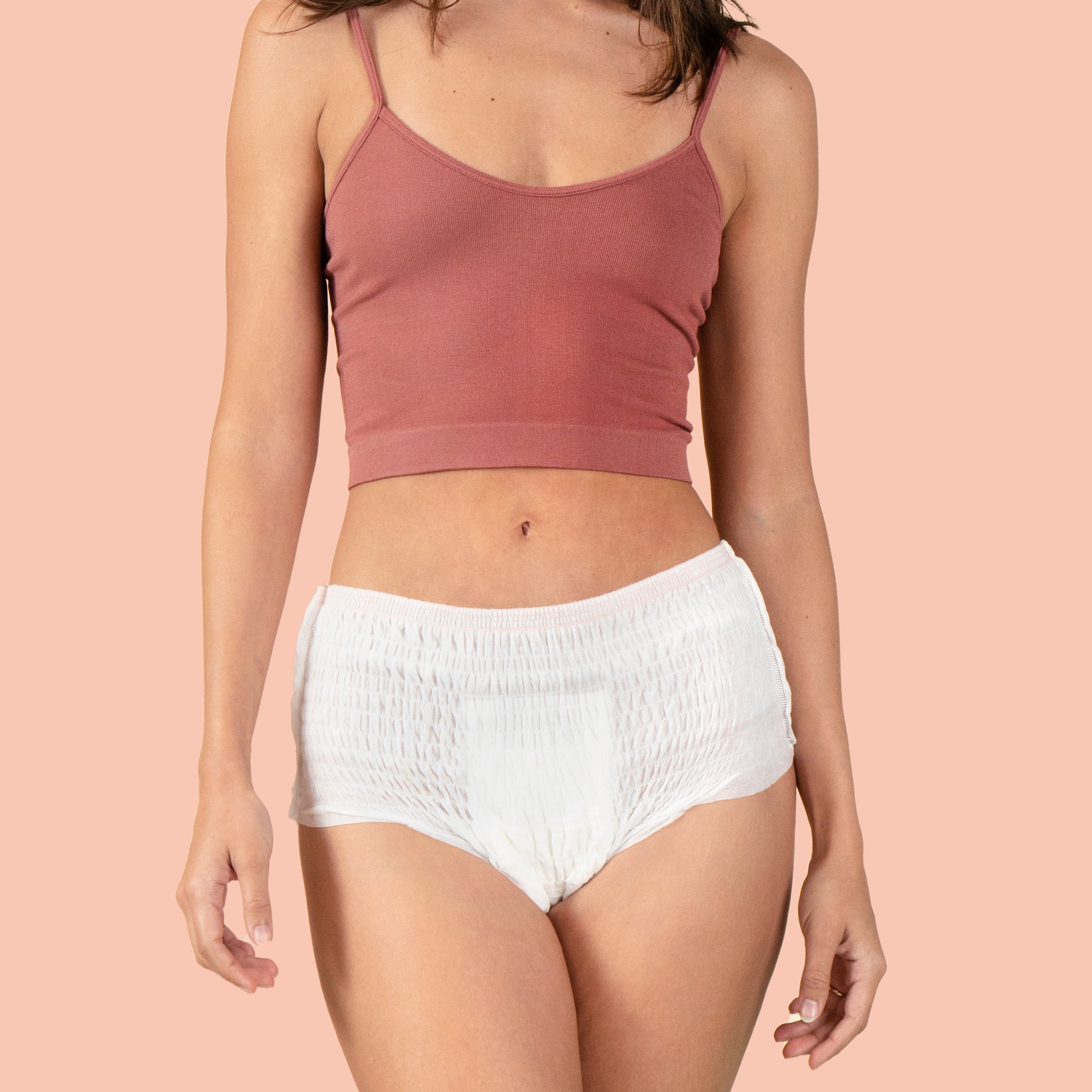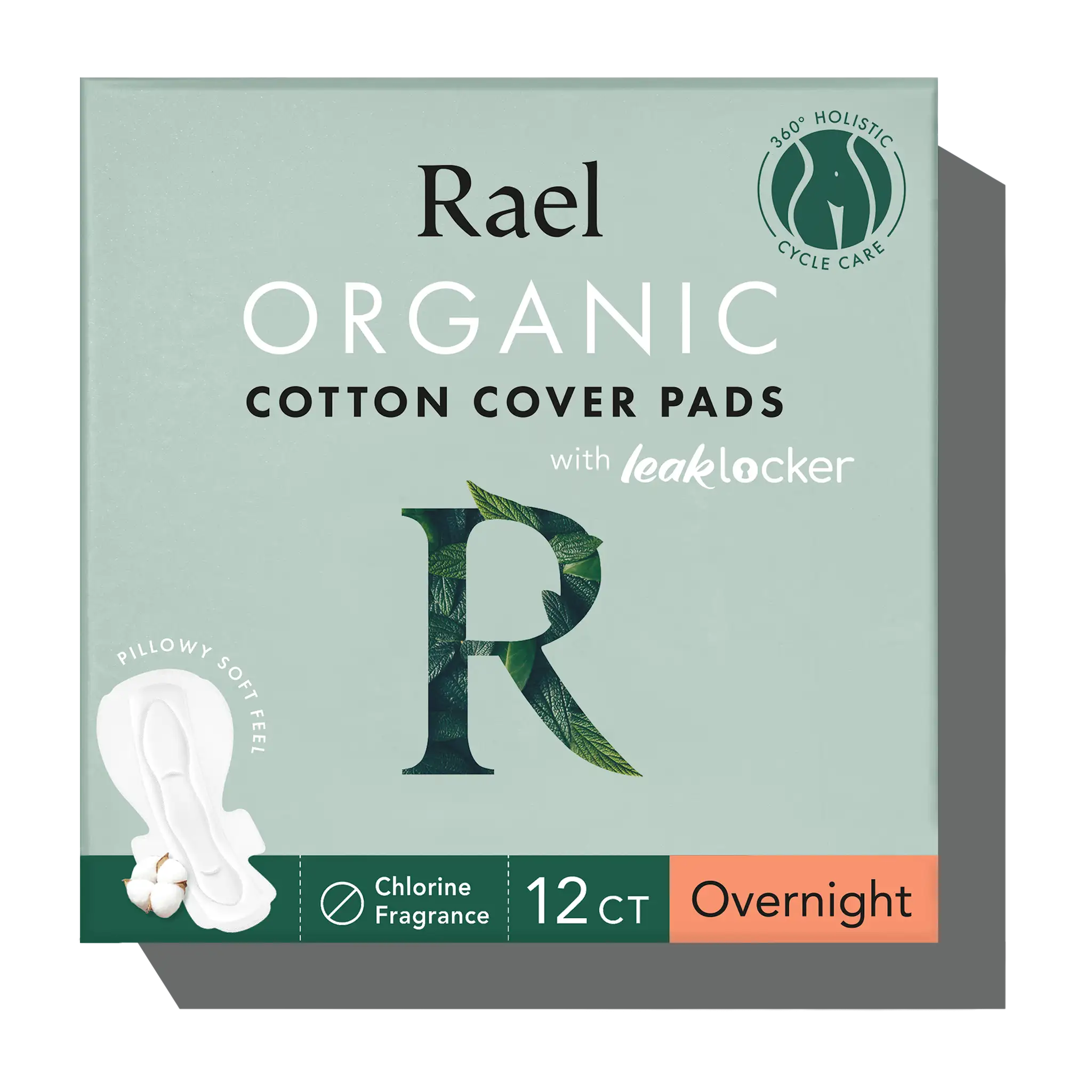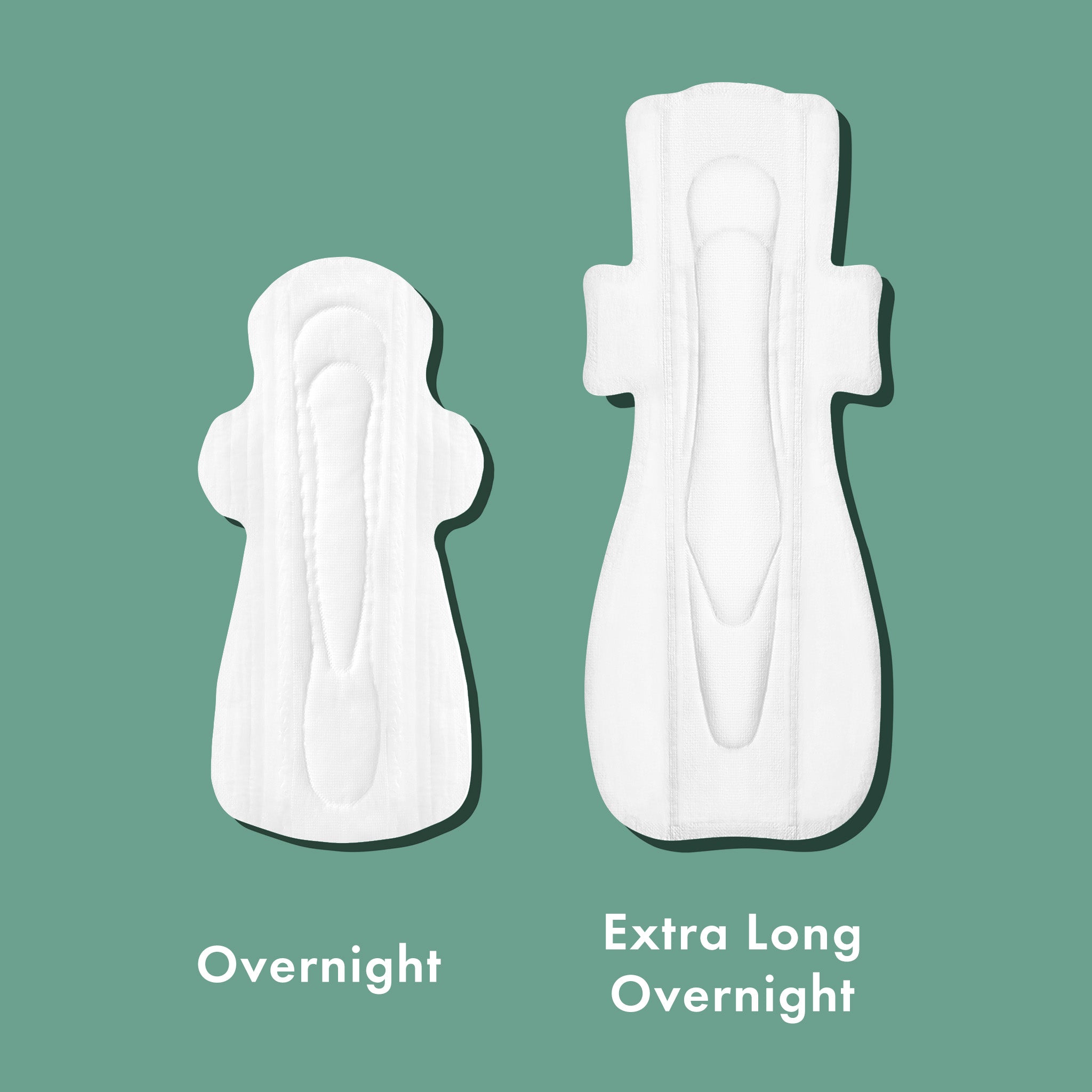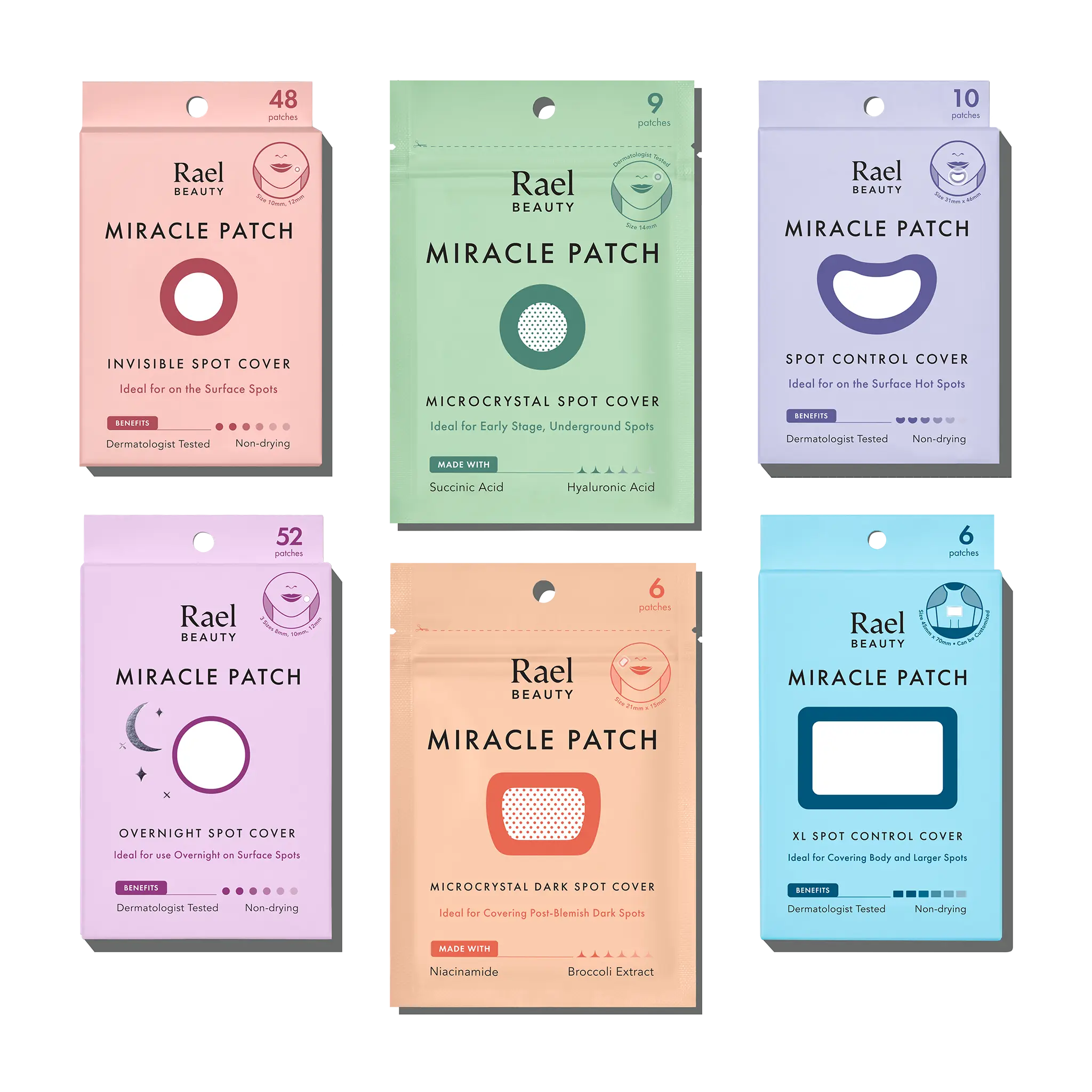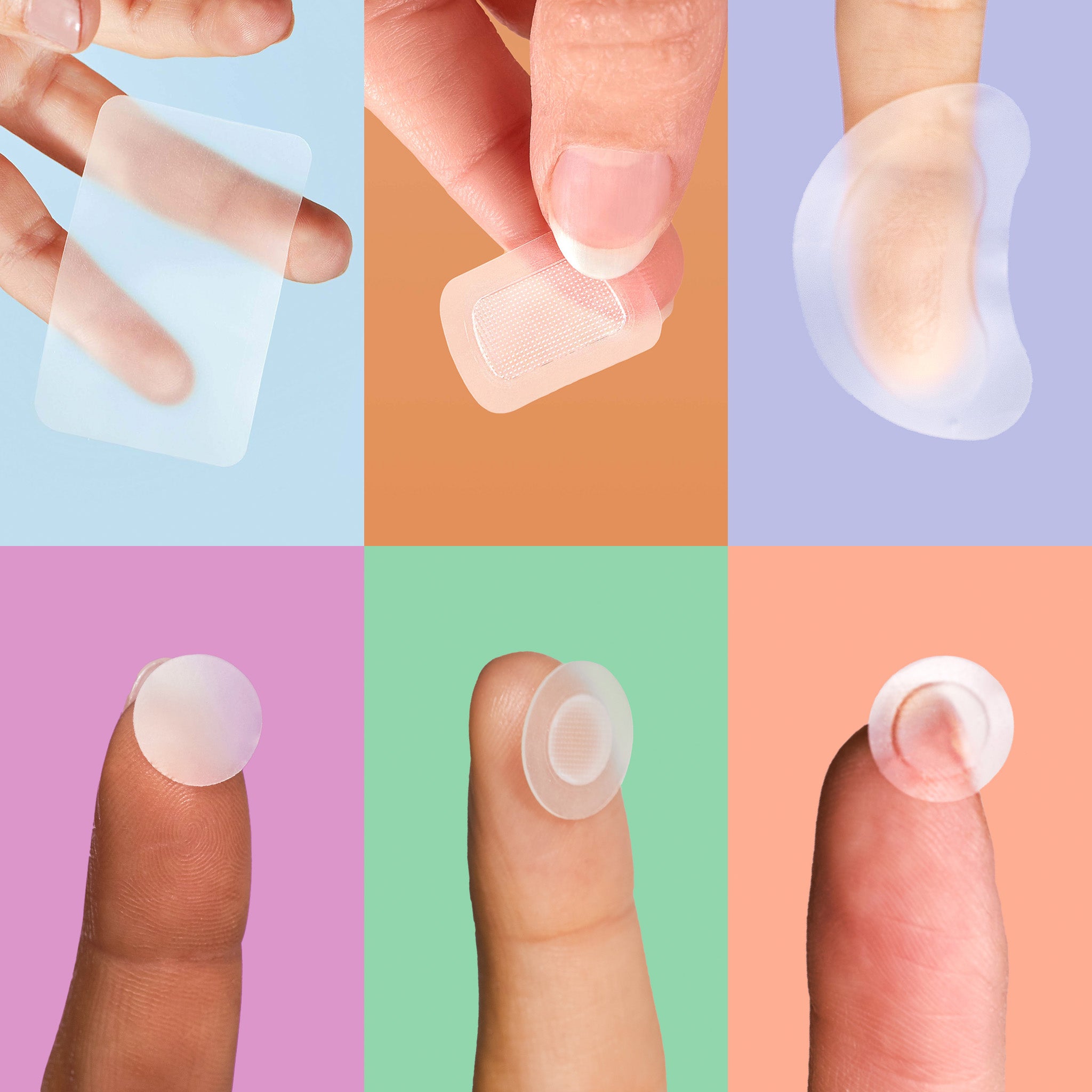Maybe you’re approaching the new year with a focus on leveling up your environmental responsibility. Or, perhaps, you’re honing in on your health and trying to be a better healthcare advocate for your own body.
Regardless of your reason, you’re considering switching from regular tampons to organic tampons, and you’ve got questions. Rael has the answers, and we’re here to help you navigate the world of organic period care.
We’ll cover what organic really means, why organic tampons are a better option than non-organic tampons, and talk about how organic products are helping create healthier bodies and a more sustainable environment.
What Is Organic?
Everything in your refrigerator may be labeled organic, but unless you’ve done some research, you might not really know what “organic” means.
Organic products are products that have been made with living ingredients that have been grown and farmed to high standards of environmental responsibility and care. This usually means zero exposure to hormones, pesticides, fertilizers, or other chemicals.
Not everything you buy can be organic. If a product doesn’t contain ingredients that can be grown or farmed, it can’t be organic. For instance, many minerals you find in eye shadows are derived from rocks. These ingredients are natural and arguably better than synthetic colors, but they can’t be organic because rocks aren’t grown or farmed.
What Makes a Tampon Non-Organic?
When you think about tampons, you probably don’t think about ingredients that were grown or cultivated, but the absorbent portion of the tampon is typically made of cotton, which is grown, farmed, harvested, and manufactured into your favorite period care products.
The problem is, pesticides, fertilizers, and chemicals used to manufacture cotton get trapped in the fibers of your tampons, and many of them are known carcinogens. Tests of several major brands revealed dangerous levels of carbon disulfide, a reproductive toxin.
Additionally, testing of major tampon brands revealed:
- Bleaching process byproducts. Many manufacturers use chlorine and other chemicals to bleach the cotton used in tampons (as if they need to be bright white, to begin with). Dioxins and furans, both linked to cancer and endocrine disruption, are created due to the bleaching process and remain in tampons through manufacturing.
- Pesticides. Organic farming doesn’t allow pesticides to be used on cotton, but most non-organic tampons will have been exposed to pesticides, and the residue from those pesticides remains on the cotton fibers in your tampons.
- Non-biodegradable plastics. Tampon applicators are hard on the environment and contribute to the 20 billion feminine products dumped into landfills in North America each year.
-
Undisclosed ingredients. Fragrance, toluene, xylene, and even methylene chloride have all been found in tampons through the testing of watchdog groups. What’s most concerning is that these ingredients are rarely found on the ingredients list of any box of tampons.
Most of the time, manufacturers’ words to disclose their ingredients are vague at best and shady at worst. The language “may contain” is a key indicator that there’s something in your tampons that shouldn’t be there. Another phrase to avoid is “and/or,” as in “rayon and/or cotton.” This means your tampons include a blend of materials, and you really have no way of determining what’s in them.
So why is any of this a big deal? Because your vagina is really absorbent.
How Chemicals in Tampons Harm the Body
The membranes inside your vagina are extremely porous. Doctors are increasingly using vaginal delivery for hormone therapy because the hormones enter the bloodstream more quickly, without being metabolized when taken orally.
That means the ingredients in your tampons have just as much access to your bloodstream. If your tampons contain harmful ingredients, those ingredients can pass directly into your bloodstream and circulate throughout your body.
You might not have an allergic reaction or an immediate physical response to a non-organic tampon, but considering that the average woman menstruates for 40 years, your cumulative exposure increases with each monthly cycle.
While there are definitely some myths about tampons, like them getting lost inside of you, the fact that they can expose you to dangerous chemicals is true and proven.
What Makes Organic Tampons Different?
Organic tampons are made for two main reasons:
- To be safer for your body
- For a better and more sustainable environment
Let’s start by understanding how organic cotton is grown. Unlike non-organic cotton, organic cotton must be grown to a specific set of standards. These standards are strict and include:
- Methods of production that have a low environmental impact
- Techniques that keep soil replenished and fertile
- Strict rules against the use of pesticides, fertilizers, or chemicals, and zero tolerance of GMO seed or other ingredients.
In short, the cotton used for organic tampons isn’t tainted with ingredients that could harm your body or hurt the environment. Using organic tampons means you’re deciding to keep your body protected from ingredients that don’t belong in a tampon in the first place.
Do Organic Tampons Work?
We get it. Sometimes you try an organic or all-natural product only to find out you don’t love it as much as you loved the non-organic version. Organic tampons, however, work just as well, if not better, than their non-organic counterparts.
For starters, they’re made with premium organic cotton. Rael’s organic tampon supplier is located in Texas and only produces pure, organic, unbleached cotton. Many tampon users find organic tampons to be sturdier than non-organic tampons. This means you won’t have to deal with fiber loss or tampon shedding if that’s been an issue for you with non-organic products.
You’ll also find that organic tampons give you serious protection against leaks. Rael’s tampons are 100 percent organic from tip to string and give you up to eight hours of leak-free protection. You should aim to change your tampon every four hours, but if you leave an organic tampon in a little longer, you won’t have to worry about prolonged exposure to chemicals like the ones found in non-organic tampons.
Shopping For Organic Tampons
Your older friends and relatives can attest: it used to be seriously difficult to find an organic period care product if you could find them at all. Early versions weren’t made very well and didn’t protect their non-organic counterparts.
Thankfully, we’ve got options! Not only are organic tampons readily available, but you can find them in practically any variety. Here’s what you should shop for when looking for the very best organic tampons.
-
Natural materials. Not only should your organic tampons be made with organic cotton for absorbency, but the applicators should be made with natural ingredients or ingredients that are biodegradable.
Rael offers two types of applicators, BPA-free and cardboard applicators, both of which are gentle on your body and the environment.
- Fragrance-free. Fragrance has no place in your period care products. Trust us; if you’re a healthy person and free from any kind of bacterial infection, you simply don’t need to “cover up” odor from your period.
-
Unbleached. Your tampons don’t need to be gleaming white; after all, they’re going to catch your flow. Many organic tampons aren’t bleached at all, which means they may have an off-white or even cream color.
Organic tampons can be bleached white, but the bleach used is chlorine-free and safe for your body and the environment.
-
Organic cotton tampon veil. What’s a tampon veil, you ask? It’s a protective lining that gives you added protection against fiber loss and shedding. Even though organic tampons are better at coming out clean, a protective veil can help ensure there’s never a trace of them left behind.
Rael’s tampons are made with a 100 percent organic cotton veil, giving you more confidence that there will never be anything to worry about when you remove your tampon.
You know Rael offers every period care solution you need, and our organic tampons are made with care from start to finish. We’re meticulous about the details of our products, from how the cotton we use is grown to the biodegradability of the boxes we use for packaging.
Get Rael
This year, make decisions that benefit your body and keep you safe from unwanted chemicals and ingredients. Using organic tampons is a smart and easy way to level up your period care, do something great for your body, and be kind to the environment.
Rael’s lineup of organic tampons is available in numerous sizes and with two different styles of applicator so you can get the best fit for your needs. With Rael, it’s easy to go green with your period care and be kind to your body.
Sources:
New Tampon Testing Reveals Undisclosed Carcinogens and Reproductive Toxins | Womens Voices.org
Period Products - Pads, Tampons - What's in Them? | MadeSafe.org
The Ecological Impact of Feminine Hygiene Products | Technology and Operations Management